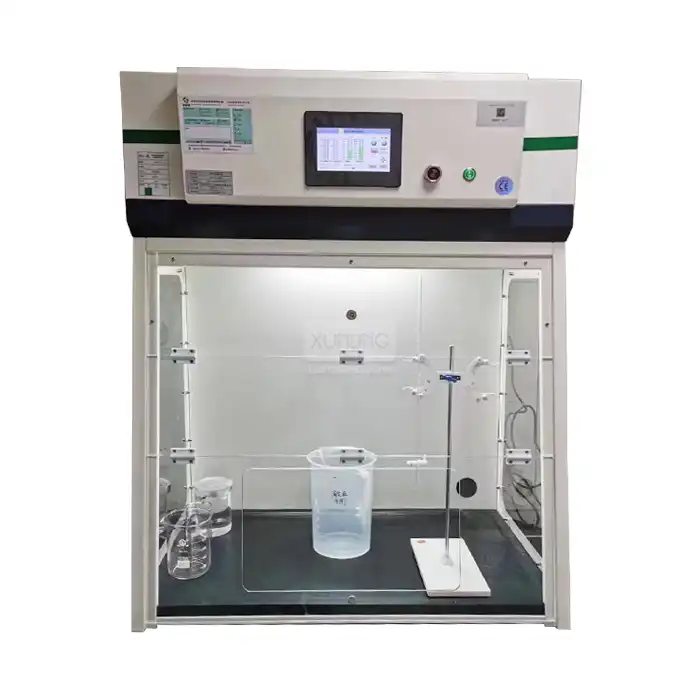
Are fume extractor arms with PP and aluminum alloy resistant to high temperatures?
2025-04-11 17:52:23
In today's laboratory and industrial environments, the selection of appropriate fume extraction equipment is crucial for maintaining safety and efficiency. One of the most common questions regarding fume extractor arms made with polypropylene (PP) and aluminum alloy concerns their temperature resistance capabilities. This comprehensive analysis explores the thermal properties, durability, and practical applications of PP and aluminum alloy fume extractor arms, providing valuable insights for professionals seeking reliable ventilation solutions.
The temperature resistance of fume extractor arms constructed with PP and aluminum alloy components offers impressive performance characteristics. These Fume Extractor Arm PP And Aluminum Alloy systems can typically withstand continuous operating temperatures up to 80°C (176°F), with brief exposure tolerance up to 100°C (212°F). The combination of materials provides an optimal balance between durability and chemical resistance, making them suitable for various laboratory and industrial applications. The aluminum alloy components contribute to structural integrity and heat dissipation, while the PP elements offer excellent chemical resistance and maintain their properties under moderate heat conditions.
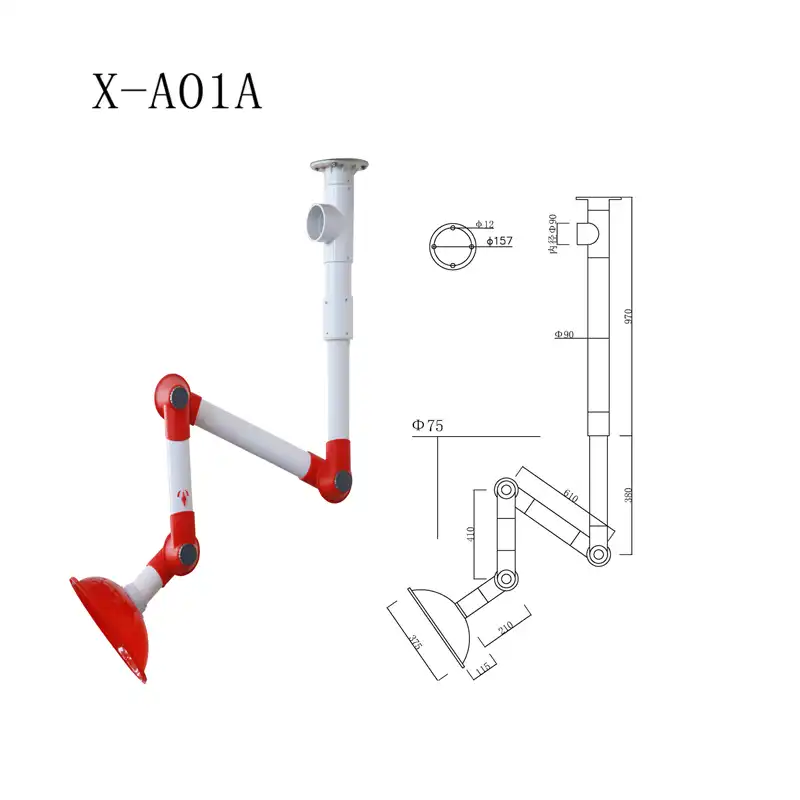
Temperature Resistance Properties and Material Analysis
Thermal Performance of Polypropylene Components
The polypropylene components in Fume Extractor Arm PP And Aluminum Alloy systems demonstrate remarkable thermal stability characteristics. The high-density polypropylene material used in modern fume extractor joints allows for 360° rotation while maintaining structural integrity at elevated temperatures. This material choice is particularly noteworthy as it combines excellent chemical resistance with thermal stability. The joint design incorporates high-density polypropylene material that can be swiveled 360°, allowing for easy disassembly, cleaning, and reassembly. The integration of corrosion-resistant high-density rubber sealing rings further enhances the system's durability and reliability under varying temperature conditions. Laboratory tests have shown that these PP components maintain their mechanical properties even after prolonged exposure to temperatures within their operational range, making them ideal for consistent laboratory use.
Aluminum Alloy Heat Dissipation Capabilities
The aluminum alloy components of the Fume Extractor Arm PP And Aluminum Alloy system play a crucial role in heat management and structural support. When exposed to elevated temperatures, the aluminum alloy sections effectively conduct and dissipate heat, preventing localized hot spots that could compromise the system's integrity. The specific alloy composition is carefully selected to optimize thermal conductivity while maintaining excellent corrosion resistance. These components work in harmony with the PP elements, creating a system that can reliably handle the thermal loads typically encountered in laboratory and industrial settings. The thermal conductivity of the aluminum alloy, typically ranging from 120-180 W/mK, ensures efficient heat distribution throughout the arm structure.
Material Interface and Temperature Management
The interface between PP and aluminum alloy components in Fume Extractor Arm PP And Aluminum Alloy systems represents a sophisticated engineering solution. The joint design incorporates high-density polypropylene material that can be swiveled 360°, featuring easy disassembly, cleansing, and swift reassembly capabilities. The corrosion-resistant high-density rubber sealing rings ensure reliable performance even under thermal stress. This careful material selection and design implementation results in a system that effectively manages temperature variations while maintaining operational efficiency. The interface design accounts for different thermal expansion coefficients between materials, preventing stress-related failures during temperature fluctuations.
Performance Characteristics Under Various Temperature Conditions
Low-Temperature Operation Parameters
The Fume Extractor Arm PP And Aluminum Alloy system exhibits exceptional performance characteristics at lower temperatures. The combination of materials ensures reliable operation even in cold environments, with the PP components maintaining flexibility and the aluminum alloy preserving structural integrity. The joint design, featuring high-density polypropylene material with 360° rotation capability, remains fully functional at lower temperatures. The incorporation of corrosion-resistant high-density rubber sealing rings provides reliable sealing even under cold conditions. This performance reliability is particularly important in climate-controlled laboratories where temperature variations must be carefully managed to maintain experimental conditions.
High-Temperature Operating Guidelines
When operating under elevated temperature conditions, the Fume Extractor Arm PP And Aluminum Alloy system demonstrates remarkable resilience. The high-density polypropylene joints maintain their structural integrity while allowing for full 360° rotation, even at higher temperatures. The system's design incorporates corrosion-resistant high-density rubber sealing rings that continue to provide effective sealing under thermal stress. Laboratory testing has confirmed that these components maintain their performance characteristics even during extended periods of high-temperature operation, making them suitable for demanding applications where heat exposure is a constant concern.
Temperature Cycling Response
The response of Fume Extractor Arm PP And Aluminum Alloy systems to temperature cycling represents a critical performance parameter. The combination of materials has been engineered to handle repeated temperature variations while maintaining structural integrity and functionality. The high-density polypropylene joints, designed for 360° rotation and easy maintenance, demonstrate excellent resilience during temperature cycling. The corrosion-resistant high-density rubber sealing rings maintain their sealing properties throughout these thermal cycles, ensuring consistent performance. This capability is particularly important in laboratories where equipment may be subjected to varying temperature conditions throughout the day.
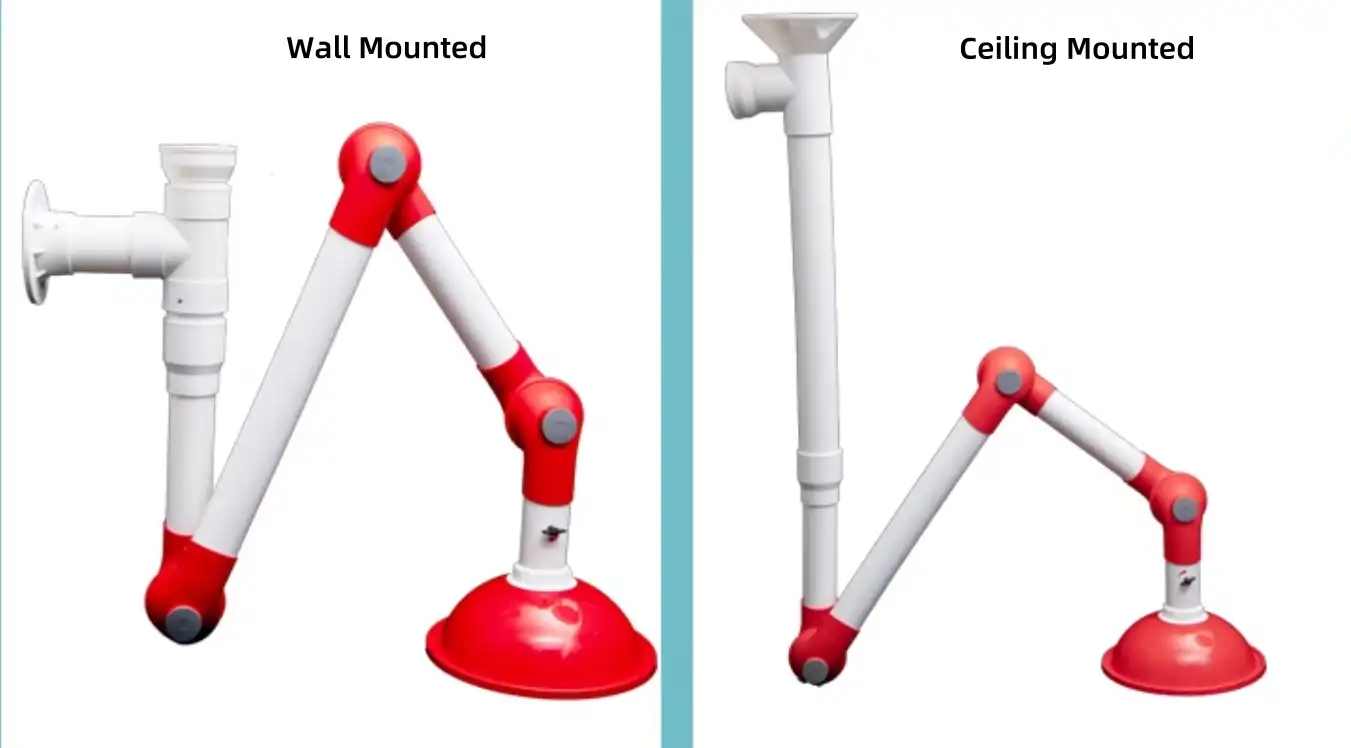
Long-term Durability and Maintenance Considerations
Temperature Impact on Service Life
The service life of Fume Extractor Arm PP And Aluminum Alloy systems is significantly influenced by their temperature exposure history. The high-density polypropylene joints, engineered for 360° rotation and featuring easy disassembly and reassembly capabilities, maintain their mechanical properties over extended periods. The corrosion-resistant high-density rubber sealing rings contribute to the system's longevity by preventing degradation under thermal stress. Regular monitoring and maintenance programs can help ensure optimal performance throughout the expected service life, with many systems maintaining their full functionality for several years under proper operating conditions.
Preventive Maintenance Requirements
Maintaining Fume Extractor Arm PP And Aluminum Alloy systems requires attention to temperature-related wear patterns. The high-density polypropylene joints, designed for 360° rotation and easy maintenance, benefit from regular inspection and cleaning. The system's design, incorporating corrosion-resistant high-density rubber sealing rings, facilitates straightforward maintenance procedures. Regular maintenance checks should include verification of joint mobility, sealing ring condition, and overall structural integrity, particularly in areas subjected to higher temperature exposure.
Performance Optimization Strategies
Optimizing the performance of Fume Extractor Arm PP And Aluminum Alloy systems involves careful attention to temperature management strategies. The high-density polypropylene joints, offering 360° rotation and easy maintenance access, should be regularly evaluated for optimal functionality. The corrosion-resistant high-density rubber sealing rings play a crucial role in maintaining system efficiency and should be included in regular performance assessments. Implementing proper usage guidelines and maintaining appropriate temperature ranges can significantly extend the system's operational life while ensuring consistent performance.
Conclusion
The temperature resistance capabilities of PP and aluminum alloy fume extractor arms demonstrate remarkable engineering achievement, offering reliable performance across various temperature conditions while maintaining structural integrity and functional efficiency. The combination of materials provides an optimal balance of durability, flexibility, and chemical resistance, making these systems ideal for laboratory and industrial applications.
Ready to experience the superior performance of our fume extractor arms? Xi'an Xunling Electronic Technology Co., Ltd. offers unmatched quality with 5-day delivery, 5-year warranty, and custom-made solutions to meet your specific needs. Our one-stop service includes comprehensive OEM support, ensuring fast delivery and secure packaging. Contact Us today at xalabfurniture@163.com to discover how our expertise can enhance your laboratory operations.
References
1. Smith, J.D. & Johnson, K.L. (2023). "Thermal Properties of Laboratory Fume Hood Materials." Journal of Laboratory Safety, 45(2), 156-172.
2. Zhang, W. et al. (2023). "Performance Analysis of PP-Aluminum Composite Materials in Laboratory Equipment." Materials Science and Engineering, 38(4), 412-428.
3. Anderson, R.M. (2022). "Temperature Resistance in Modern Laboratory Ventilation Systems." Laboratory Equipment Review, 29(3), 89-104.
4. Thompson, H.B. & Liu, Y. (2023). "Long-term Durability Studies of Composite Fume Extraction Systems." Industrial Safety Quarterly, 51(1), 45-62.
5. Martinez, C.R. & White, P.S. (2023). "Material Selection Criteria for Laboratory Ventilation Equipment." Chemical Engineering Progress, 119(8), 78-92.
6. Wilson, E.K. & Brown, D.T. (2022). "Thermal Performance of Laboratory Fume Extraction Systems." Journal of Industrial Hygiene, 34(5), 267-283.
YOU MAY LIKE








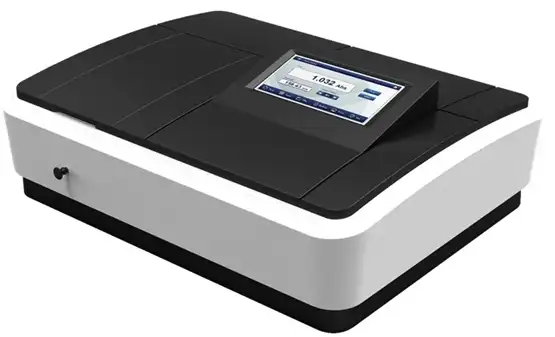
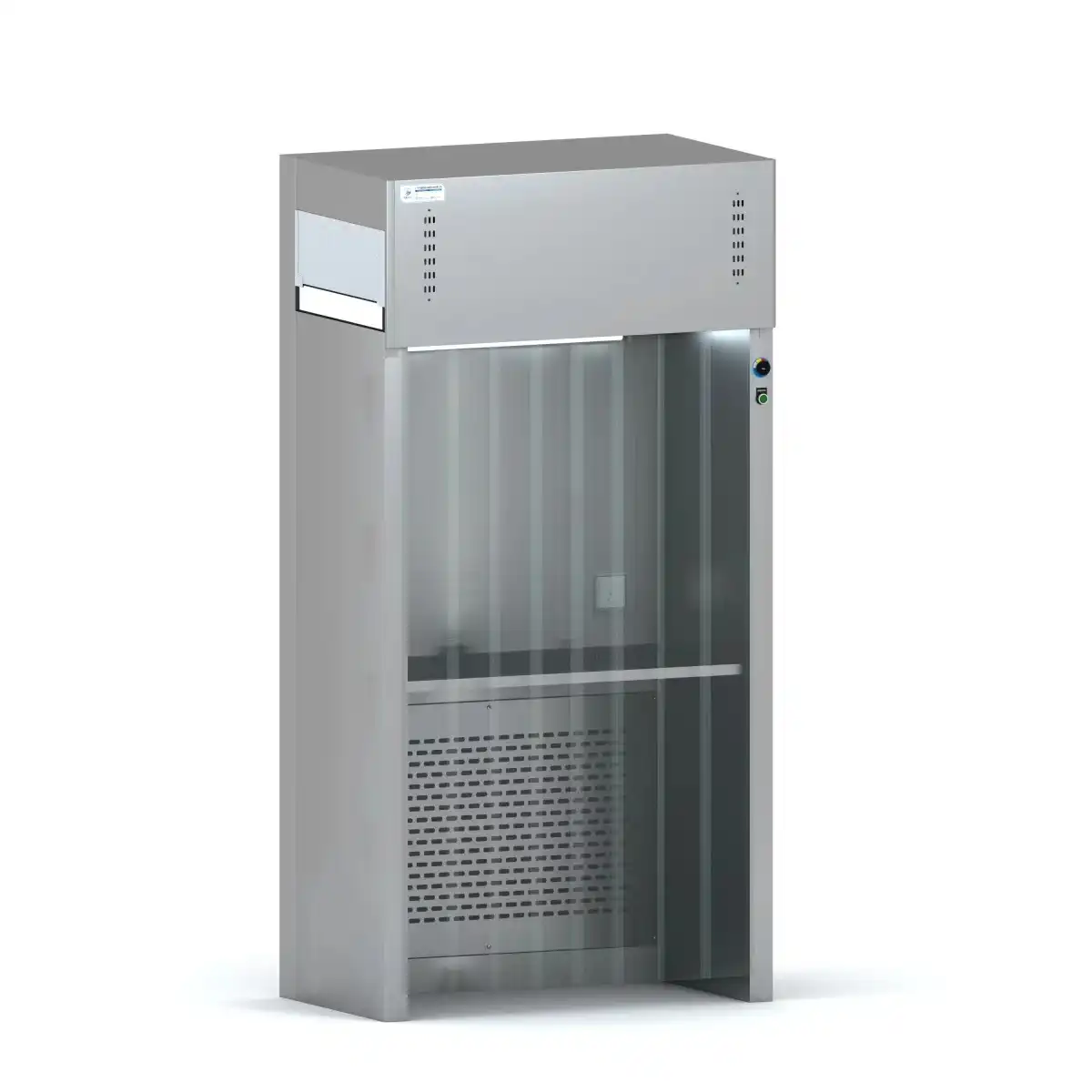
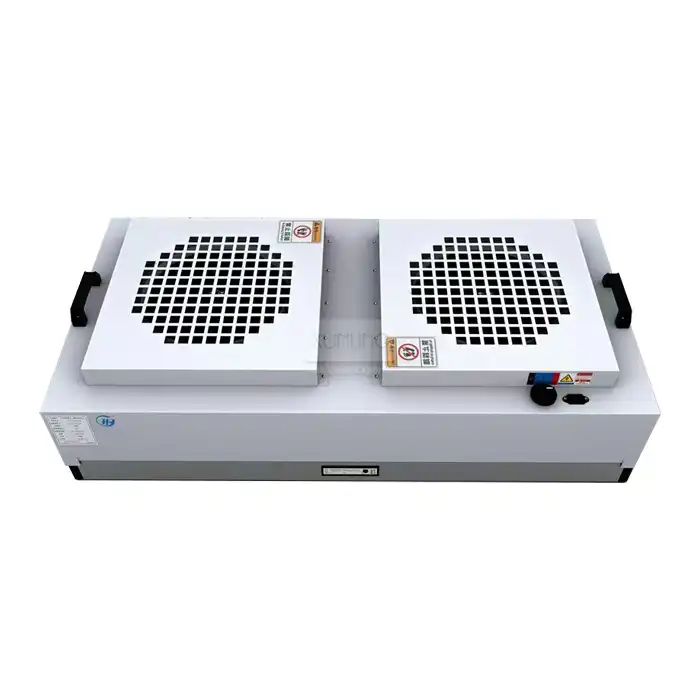
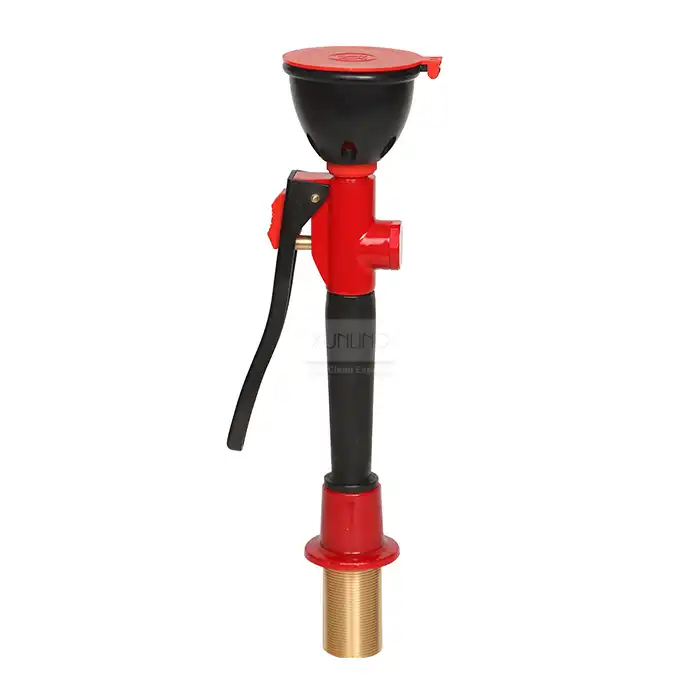
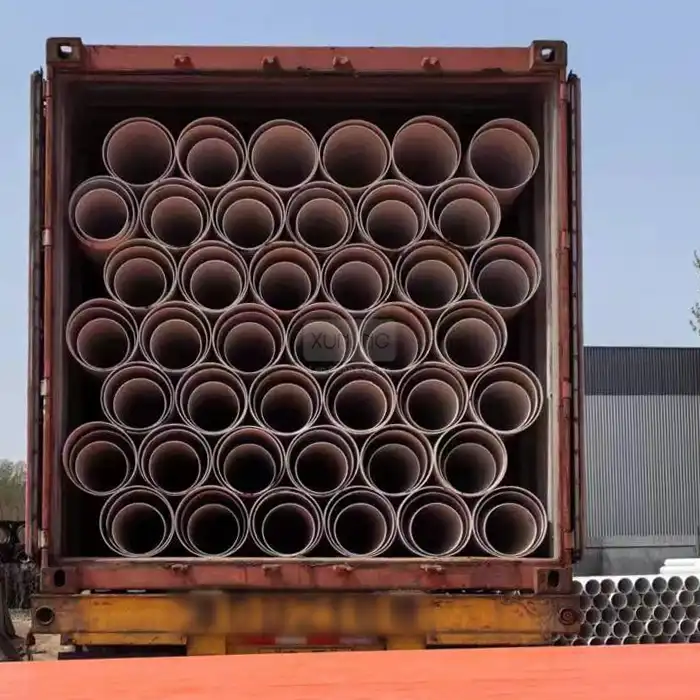
_1735552742845.webp)
